Smoked Garlic and Kale Risotto
Sticky, hearty, and full of smoky goodness. Not only is this a great recipe to easily fill a family, but if you cool it down quickly, you can shape it into risotto balls and pan fry them into arancini the next day (perhaps stuffed with a meltable cheese if you’re feeling naughty). But first, a little something on how I write recipes and an important principle that should guide you in food choices whosever recipes you might be following.
Forage first, create later.
Whether you believe we are inherently flexible and adaptable or creatures of habit, we have fallen into the trap of thinking of a recipe as a laundry list of ingredients that, if diverted from by just one pinch of spice, will ruin a meal completely. But I would argue that the making of a good recipe is the process, and ingredients can be adapted, swapping in this and that with similar profiles or even pushing recipes into whole new areas with additions of alternative ingredients.
This became very apparent to me when I was cooking this recipe for a friend, only to realise I’d run out of red wine AND red wine vinegar. I knew I needed a tannic flavour, something to fill out the depth of the risotto with a hint of savoury bitterness. Tannins themselves are what plants produce to put animals off eating them, but in the right amount can be very pleasing. Tea and coffee both have tannins, but I needed something with a fruitiness too. I raided my cupboard and found half a block of dark cooking chocolate. So I cracked a chunk off and dropped it into the risotto, stirring it in as it melted. Not only did it taste beautiful, but my friend couldn’t put their finger on the flavour of chocolate itself, because of the interplay between it and the rest of the meal.
This is probably a bad example, but I wanted to demonstrate the interchangeable nature of ingredients. If a recipe calls for chard and all I have is spinach or kale, I’ll use that instead. If it requires a certain type of bean or pulse, swap it out for what you have.
As we dive into the planning for this next growing season, you’re likely to see a lot of recipes with strange varieties of food appearing on this blog. It doesn’t matter if you don’t have the exact type, what matters is our ability to think on our feet and adapt. But why is this important?
When we buy seeds for our garden, go to a food store or visit farmers markets with a shopping list we treat with the same unquestioning reverence as a holy text, we send a message loud and clear to food producers by only spending money on a select few groups of ingredients. No farmer in their right mind is going to invest time, effort and money into growing a diverse and interesting crop if it then doesn’t sell because none of us have it on our shopping lists. But that kind of crop is hugely important. Not only does it broaden the range of food and nutrients we have access to, improving our health and wellbeing, but it also provides their land with more diversity and support for their local ecosystem. Time to put our money where our mouth is.
The catch here is that I cannot write recipes for every niche variety of tomato or specific types of Asian radish (for example) because the SEO (search engine optimization) would murder the blog for being far too specific. That’s why it’s so important that you as a consumer practice the principle of forage first, create later. It might sound a little scary to some, but I promise you that cooking is a flexible, adaptable process. One that relies far more on technique than any one set of ingredients. As long as you’re sourcing organic (preferably regenerative), seasonally produced food, you can’t go wrong.
For my part, I will do what I can to write recipes that include notes on flexible elements and tips for alternative ingredients. I will also make sure that the core of a recipe is strong enough that it can work well with a whole range of different produce, so that you can shop or grow with the confidence that whatever you come across will not only work, but will transform your cooking into a new, diverse and tasty experience, good for both you and the land.
Smoked Garlic Risotto
Serves 4
350g Brown Arborio rice (risotto rice)
1L Stock
400g Chopped tomatoes
50ml Red wine / red wine vinegar / balsamic vinegar (or 50g of chocolate why not?)
2 Cloves of smoked garlic (or regular / black garlic)
6 Large kale leaves, torn up into small pieces
1 White onion
1 Stick of celery
1 Carrot
100g Hard cheese / plant based alternative
Salt and pepper
Optional: if you have any lacto fermented green tomatoes left then add a handful into this recipe (but account for the saltiness by tasting before you season further).
Step 1.
Dice the carrot, onion and celery and sauté for 15 minutes in a large saucepan with a knob of butter or splash of oil.
Step 2.
Add the rice to the pan and fry for 4-5 minutes until the hull begins to toast and light golden brown. Then deglaze the pan with the red wine or vinegar and let it reduce for a minute. Add the sliced garlic and tinned tomatoes (and green tomatoes if you have them) and turn the heat up to medium.
Step 3.
There are two ways to approach this next step. Traditionally, or lazy. Whichever you pick is up to you.
For the traditional method, heat a separate pan of stock and hold it simmering whilst you add a ladle at a time to your risotto, allowing the rice to absorb it before adding another. This will build the stickiness of the rice as it fries between spoonfuls of stock.
For the lazy method, add the whole lot of stock to the risotto pan and bring it to a simmer. Stir every 4-5 minutes to stop the rice from catching at the bottom of the pan.
After 50 minutes to 1 hour, the risotto will be chewy but cooked.
Step 4.
Shred the kale and fold it into the risotto, removing the pan from the hob to allow the heat from the rice to cook it. Serve and top with grated hard cheese and extra black pepper.




